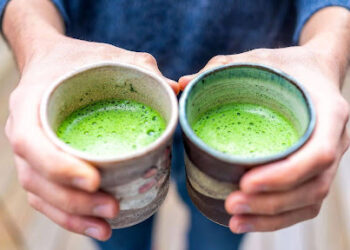Tattooing is a beautiful art form that allows individuals to express their creativity and personal stories through intricate designs on their skin. While the skill of the artist is undoubtedly crucial, the choice of tattoo needle configuration plays a significant role in bringing your artistic vision to life. Understanding different needle and tattoo needle cartridge configurations and how they affect the final outcome of your tattoo is essential for achieving the desired results. In this blog, we will delve into the world of tattoo needle configurations, helping you find the perfect setup for your artistic vision.
- Round Liner Needles (RL):
Round liner needles are one of the most commonly used configurations in tattooing. They consist of a single or multiple needles arranged in a round formation. RL needles are primarily used for creating precise outlines, fine details, and clean linework. They provide excellent control and are ideal for intricate designs, small lettering, and delicate shading. If you want to achieve crisp lines and intricate details in your tattoo, round liner needles are an excellent choice.
- Round Shader Needles (RS):
Round shader needles are similar to round liners but have a larger grouping of needles arranged in a circular pattern. RS needles are perfect for shading and filling in larger areas of the tattoo. They provide a smoother gradient effect and are great for achieving smooth transitions in shading. Whether you’re working on portraits, realism, or creating soft shading in your design, round shader needles are an excellent option.
- Magnum Needles (M1):
Magnum needles, also known as flat shaders, have a rectangular or flat arrangement of needles. They are wider and have more needles compared to round shaders. Magnum needles are commonly used for shading and coloring larger areas of the tattoo. They offer better coverage and saturation, making them suitable for creating solid fills and bold color gradients. If you’re aiming for vibrant colors and a smooth, consistent shading effect, magnum needles are the way to go.
- Flat Needles (F):
Flat needles are similar to magnum needles but have fewer needles in the grouping. They are often used for detailed shading, color packing, and adding texture to the tattoo design. Flat needles provide more control and precision when working on areas that require fine details and intricate shading. They are particularly useful for achieving texture in black and gray tattoos. If you want to create depth and dimension in your design, flat needles can help you achieve that desired effect.
- Single Needle Configurations (SN):
Single needle configurations consist of a single needle and are commonly used for fine lines, intricate details, and portrait work. They provide the highest level of precision, allowing artists to create intricate designs with delicate linework. Single needle configurations require a steady hand and precise technique. They are perfect for achieving hyper-realistic details and subtle shading effects in your tattoo.
Choosing the right needle configuration depends on various factors, including the style of tattoo, the desired effect, and the artist’s expertise. It’s crucial to communicate your artistic vision and preferences with your tattoo artist. They can guide you in selecting the appropriate needle configuration that aligns with your design goals and ensures the best possible outcome.
Experimenting with different needle configurations can also be beneficial, as it allows you to explore various techniques and discover what works best for your artistic style. Remember to prioritize hygiene and safety by using sterile, disposable needles from reputable manufacturers.
In conclusion, exploring tattoo needle configurations is an exciting journey that allows artists to bring their artistic vision to life. Whether you’re aiming for precise linework, smooth shading, vibrant colors, or intricate details, understanding the characteristics of different needle configurations will help you choose the perfect setup.








